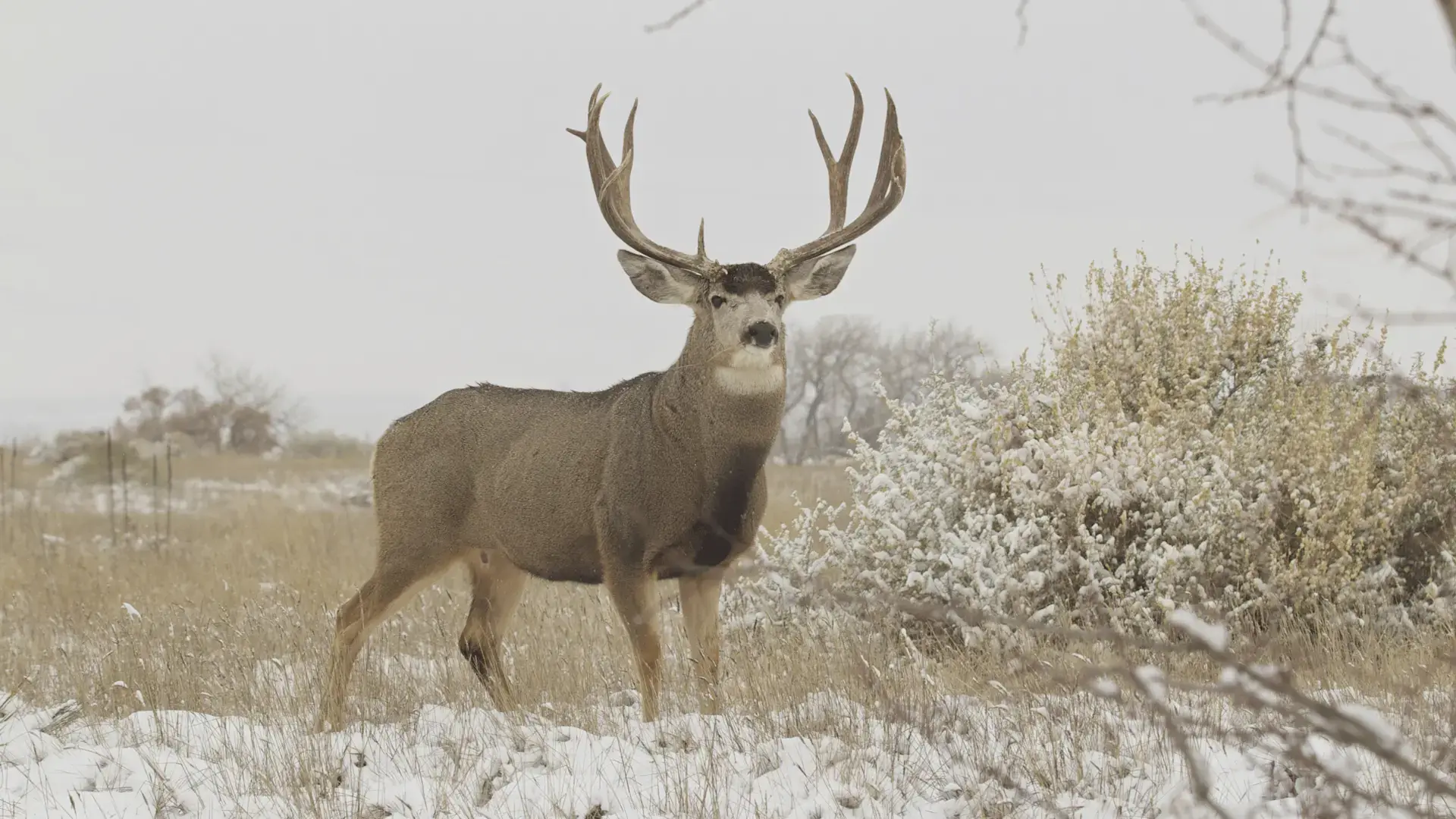December 22, 2024 — Wyoming, USA
As mule deer populations continue to decline across Wyoming, the Wyoming Game and Fish Department (WGFD) has initiated a comprehensive five-year study to investigate the underlying causes. The study, which began in 2022, is tracking mule deer herds in five distinct regions across the state. By monitoring migration patterns, mortality rates, and fawn survival, WGFD biologists hope to gain a deeper understanding of the factors contributing to the population decline, according to recent reports from KULR 8 News.
“We suspect there are multiple factors at play, including habitat loss, changing predator dynamics, and shifts in weather patterns,” said Embere Hall, the WGFD biologist overseeing the mule deer project. “Our goal with this study is to identify the key factors driving these trends and figure out what management actions we can take to reverse or slow down the decline.”
Mule deer, unlike elk and white-tailed deer, have specific habitat and forage needs. These deer are less adaptable to changes in habitat and diet compared to other species, making them more vulnerable to environmental changes, according to Hall.
“The study has given us valuable insights into how winter conditions, a key factor in deer survival, affect mule deer. For instance, during the harsh winter of 2022-2023, we saw significant mortality in certain regions. This past winter, however, was much milder, and we saw survival rates improve, which aligns with our expectations,” said Hall.
Tackling Habitat and Environmental Challenges
While the study is still in its second year, WGFD has already implemented several conservation projects aimed at reversing the decline in mule deer numbers. These efforts include constructing wildlife-friendly fences to help mule deer safely navigate underpasses, as well as removing cheatgrass from native habitats to restore healthier forage conditions. The agency is also working closely with local hunters and landowners to gather additional insights into the deer populations and improve conservation efforts.
Looking ahead, WGFD plans to collar more mule deer to further track their movements and gather more data on their behavior and health. This will help refine their management strategies and ensure that conservation efforts are aligned with the specific needs of mule deer populations in different regions.
Ongoing Efforts to Protect Wyoming’s Mule Deer
Despite the challenges mule deer face, the WGFD remains committed to understanding and mitigating the factors contributing to their decline. As the study progresses, officials are optimistic that the findings will guide more effective management decisions, ensuring that Wyoming’s mule deer population remains healthy for years to come.
The results of the study will likely have broader implications for mule deer conservation across the western United States, and WGFD’s proactive approach to data collection and habitat management is a model for wildlife agencies nationwide.
Wyoming Game and Fish Department researchers track mule deer movements in remote areas of the state as part of their ongoing study.











